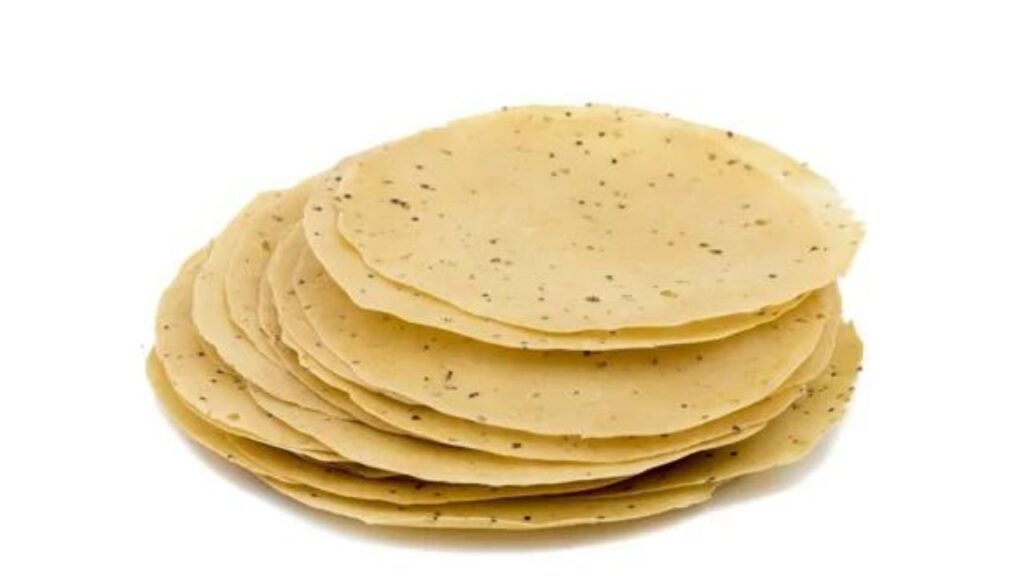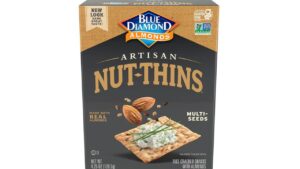Papad, a cherished item in Indian cuisine, is a crispy wafer snack available in various flavors and textures. Made from lentils, chickpeas, or rice flour, it can be fried, roasted, or microwaved to enhance its taste. Gluten-free and versatile, papad serves as a delightful side or appetizer, adding a unique crunch to healthy meals.
Is Papad Gluten Free?
Papadum serves as a gluten-free alternative to roti or naan, typically crafted from legume flours such as lentils or chickpeas. However, it’s important to note that while it offers a gluten-free option, it differs significantly in texture from traditional breads, like roti or naan.
Read also Are Mambas Gluten Free: Its Nutrition Value
Papad for Weight Loss
papad in a weight loss diet can be beneficial due to its low calorie content and high fiber content, which can help promote a feeling of fullness and aid in digestion. However, it’s important to consume papad in moderation and choose healthier preparation methods such as dry roasting or baking instead of frying to minimize added fats and calories.
Papad Nutrition Value
It offers varying nutritional value depending on its ingredients and preparation method. Generally, it contains protein from lentils or chickpeas, along with dietary fiber, which aids in digestion.
| Nutrient | Amount |
|---|---|
| Protein | 3g |
| Cholesterol | 0mg |
| Sodium | 175mg |
| Vitamin A | 1mcg |
| Vitamin C | 0mg |
| Calcium | 14mg |
What is Papad Made of?
Papad, a thin Indian wafer resembling a cracker or flatbread, is typically crafted from dried lentils. It can be enjoyed fried or roasted, offering a versatile snack option. The market offers a myriad of papad flavors tailored to cater to diverse preferences and tastes.
Is Papad Difficult to Digest?
This delicate snack, crafted from black lentil flour, boasts swift digestion, thanks to its thinness. In contrast, meats typically require more time for digestion. Under normal circumstances, food is processed within a shorter timeframe, typically not exceeding a few days.
Is Papad Healthy or Unhealthy?
When papads are dry roasted, fried, or microwave roasted, the presence of sodium benzoate can lead to the formation of acrylamide, a substance categorized as a probable carcinogen. This raises concerns about potential health effects associated with consuming papads prepared through these methods.
Can We Eat Papad Daily?
Regular consumption of papad may not be advisable for certain individuals due to several factors. One such concern is the high sodium content commonly found in papads. Excessive intake of salt can lead to elevated blood pressure and various other health complications, making moderation essential for those considering its daily consumption.
Conclusion
Papad is a versatile and flavorful staple of Indian cuisine, providing a crispy texture and various delicious flavors. While it enhances meals whether fried, roasted, or microwaved, moderation is key due to its high sodium content and potential health risks from certain cooking methods. With awareness, papad can still be enjoyed as a tasty complement to dishes.







